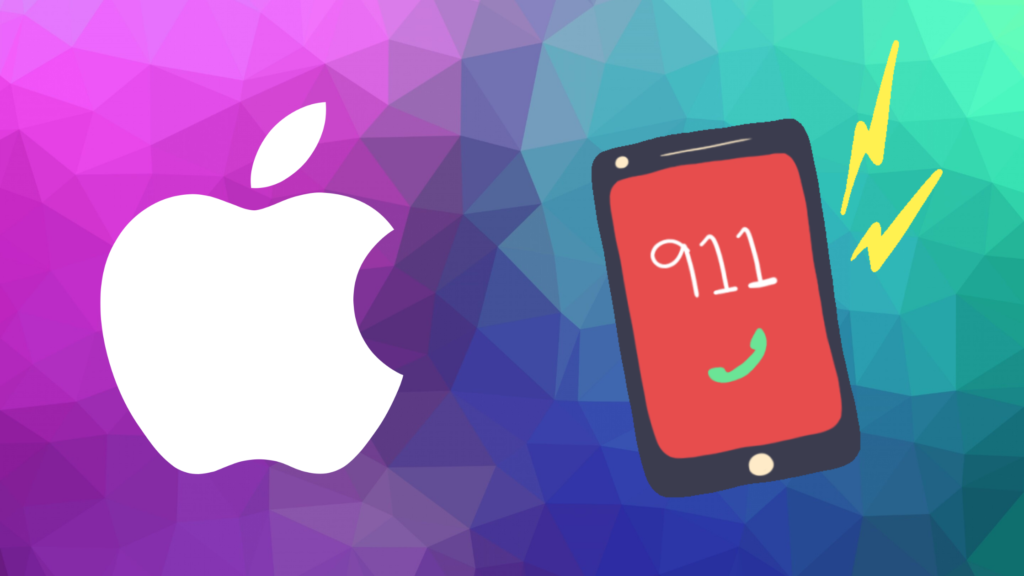Apple Confirms Issues with Crash Detection on iPhone 14 and iPhone 14 Pro
Introduction:
Apple has confirmed that its iPhone 14 Pro and iPhone 14 Pro Max models are still receiving false distress calls, even after updates to their Crash Detection feature. This has been highlighted in a recent report by The New York Times. The report states that emergency call centers are struggling to manage the high volume of false flags, putting other important calls on hold.

Problem with Crash Detection:
Apple introduced the Crash Detection feature last year for its iPhone 14 models and Apple Watch Series 8, Ultra, and second-gen Watch SE. The feature works by using sensors such as the gyroscope, accelerometer, barometer, microphone and GPS, combined with motion algorithms. It is designed to detect crashes and send alerts to the user, and if the alert is not dismissed, it will automatically call emergency services.
However, the feature has received widespread criticism, as it has triggered false alerts on roller coasters and other similar scenarios. Apple released an update in December to address this issue, but the problem persists.
“How Apple’s Crash Detection Feature Works and Possible Causes of False Alarms”
The crash detection feature on the iPhone 14 and 14 Pro models uses a combination of gyroscope, accelerometer, barometer, microphone, and GPS data along with motion algorithms. When a crash is detected, an alert will be displayed on the screen for 10 seconds. If the alert is not dismissed, emergency services will be called automatically. It is important for users to be aware of the limitations and potential drawbacks of the crash detection feature and to use it wisely.
Pros and Cons of iPhone 14 Crash Detection System
Pros:
Life-saving technology: In some cases, the crash detection feature has come to the rescue and helped save lives.
Automated response: In the event of a crash, the feature can automatically call emergency services, saving valuable time.
Integration with Apple Watch: The feature is available on the iPhone 14 and 14 Pro models as well as the Apple Watch Series 8, Ultra, and second-gen Watch SE, providing a comprehensive solution for users.
Cons:
False alarms: The feature has received criticism for triggering false alarms in specific scenarios, causing strain on emergency call centers and potentially desensitizing dispatchers.
Overly sensitive: In some cases, the overly sensitive nature of the feature can trigger emergency services even when a user has not experienced a severe crash or hard fall.
Resource strain: The influx of false distress calls can divert limited resources from real emergencies and put a strain on emergency services.
No customization: The feature cannot be customized, making it difficult for users to control when it is triggered.
In conclusion, while Apple’s crash detection feature has the potential to be a lifesaving tool, it is important to be aware of its limitations and potential drawbacks. Users should weigh the pros and cons before deciding whether to use the feature and to use it wisely.
Increased Emergency Calls:
According to the New York Times report, the number of emergency calls doubled year-on-year to 185 in Summit County, Colorado in January. The false alerts are putting a strain on the emergency call centers, which are struggling to manage the increased volume of calls.
Reactions from Authorities:
Sgt. Mark Watson, the county sheriff, is reportedly writing to Apple about the issue, stating that he is struggling to get his daily job done due to the number of false alerts. Interim director of Summit County’s emergency services, Trina Dummer, has also expressed her concern, saying that her team rarely receives false calls from other devices and that Apple needs to set up its own call center to manage this issue.
Response from Apple:
Apple has confirmed that it is aware of the issue, stating that in some specific scenarios, the feature has triggered emergency services when a user did not experience a severe crash or fall. An Apple spokesperson stated that the feature had been optimized last year, but did not commit to further updates.
Conclusion:
In conclusion, the false alerts from the Crash Detection feature on the iPhone 14 and iPhone 14 Pro are causing problems for emergency call centers, who are struggling to manage the increased volume of calls. While the feature has received praise for its ability to come to the rescue in some cases, it has also been criticized for being overly sensitive. Apple has confirmed that it is aware of the issue and has made some optimizations, but it remains to be seen what further action the company will take to address this problem.
